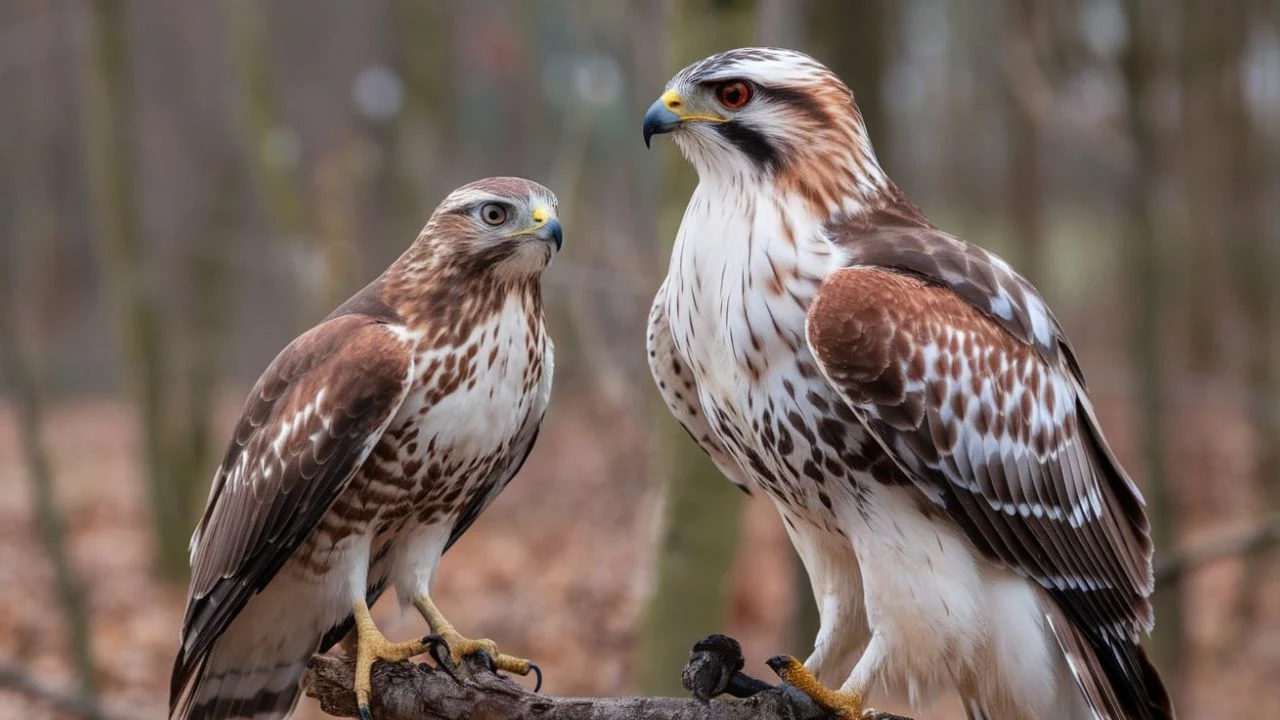
A groundbreaking study shows North American hawks are getting smaller. Research from the Raptor Research Foundation reveals a 15% decrease in size since 1990. This change affects all major hawk species.
“This is the fastest documented bird size change ever recorded,” says Dr. Robert Chen, lead researcher. His team measured 12,000 hawks across North America. The results shocked scientists.
The study focused on red-tailed, Cooper’s, and sharp-shinned hawks. Each species shows similar size reductions. Wings are shorter. Bodies are lighter. Yet the birds remain healthy.
Dr. Elena Martinez from Harvard explains why this matters. “Smaller hawks use less energy. They need less food. They adapt better to changing climates.”
Climate change drives this evolution. Warmer temperatures favor smaller bodies. Smaller hawks stay cool more easily. They need less food to survive.
“Nature is selecting for efficiency,” notes wildlife biologist Dr. James Wilson. “Smaller hawks catch different prey. They use less energy. They adapt faster.”
Urban environments also influence this change. Cities have smaller prey animals. Hawks adjust their size to match available food sources.
Bird rehabilitation expert Sarah Thompson sees this firsthand. “The hawks we treat today are noticeably smaller. Yet they’re equally fierce hunters.”
The size change brings benefits and challenges. Smaller hawks can hunt in tight spaces. They maneuver better between buildings. But they might struggle with larger prey.
“These hawks show remarkable adaptation,” says Dr. Chen. “They’re evolving to survive in our changing world.”
Citizen scientists help track these changes. They photograph and measure hawks at feeding stations. This data helps researchers understand the trend.
Conservation efforts now focus on supporting this transition. Protected areas must provide proper prey sizes. Nesting sites need adaptation for smaller birds.
Quick Facts:
- 15% size reduction since 1990
- 12,000 hawks studied
- 3 major species affected
- Documented across North America
Conservation Tips:
- Support hawk habitat protection
- Maintain diverse prey populations
- Protect urban nesting sites
- Report hawk sightings to research teams

